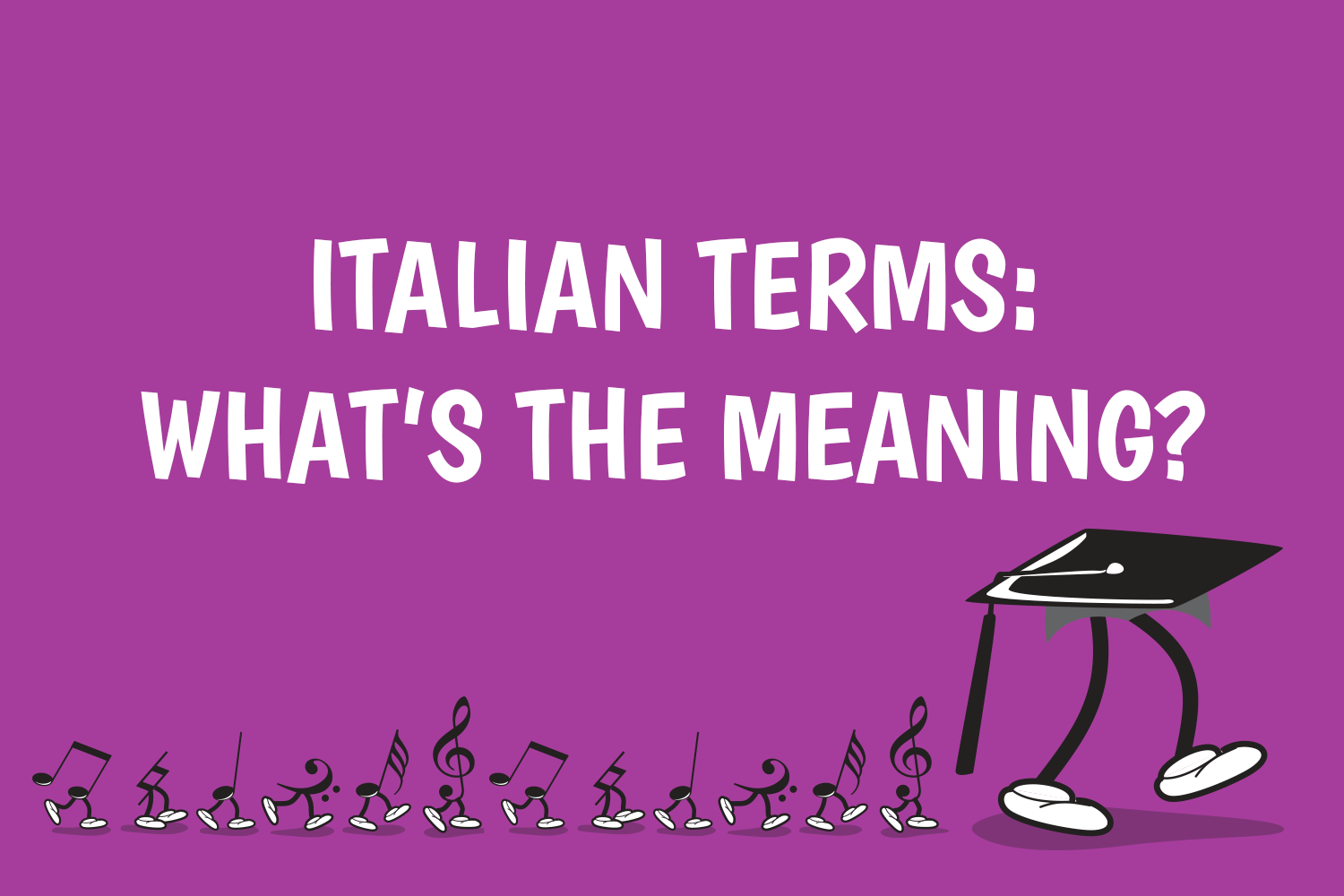Italian Terms: What’s the Meaning?

It seems that the latest Grade 3 Theory paper has caused a stir amongst teachers around the country due to the style of questioning of Italian terms.
The format this year requested candidates to tick ‘yes’ or ‘no’ as to whether the English translation was correct. The translation given for ‘con moto’ was ‘with motion’. Most students learn this term as meaning ‘with movement’ (which is the translation listed on page 32 of the current AMEB Manual). Whilst most students would understand that ‘motion’ and ‘movement’ are the same, a few ticked ‘no’ thinking that since it wasn’t exactly what they had learned, it might have been a trick question.
On page 31 of the Manual it states ‘The following is a list of terms required in the grades. The meanings given are those which the Board considers to be satisfactory English equivalents.’ One could possibly infer from this that ‘with motion’ might NOT be a satisfactory English equivalent according to the Board (even though we know it is). But at the end of the day I think the AMEB is obliged to recognise that having printed one translation in the Manual, it is not really fair to print a different translation in the paper.
This method of questioning is a little tricky and it means that as teachers we will have to generalise with every term (a near impossible task), without knowing exactly what interpretation might pop up in a paper.
It probably would have been fairer to write ‘with movement/motion’ as the translation, rather than expecting kids to know that these are the same thing and that it’s not a trick. I hope that the AMEB will reconsider this style of questioning and perhaps revert to the good ol’ ‘write the English meaning of these terms’ format in the future.
